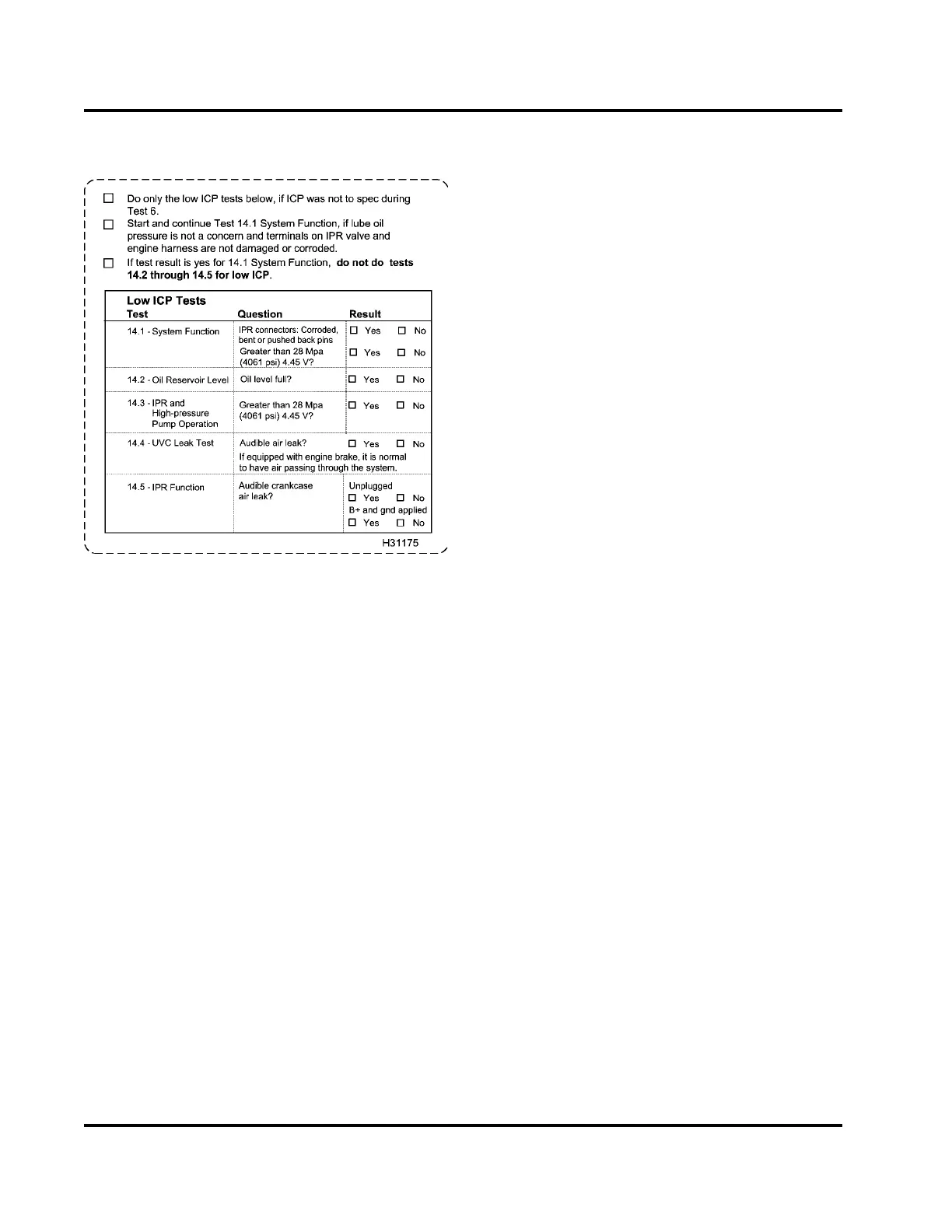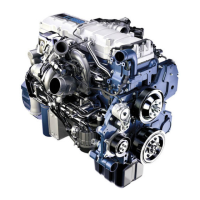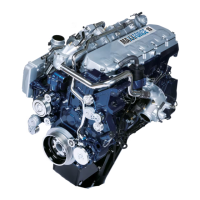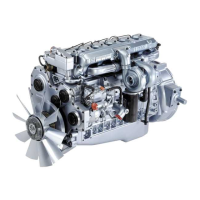186 5 HARD START AND NO START DIAGNOSTICS
14. Low ICP System Pressure
Figure 222
Purpose
To determine the cause of low injection control
pressure that prevents engine starting
Tools
• EST with MasterDiagnostics® software
• EZ-Tech® interface cable
• Digital Multimeter (DMM)
• Actuator Breakout Harness
• Jumper harness (from Terminal Test Kit)
• Pressure Sensor Breakout Harness
• Socket or wrench (EOT sensor)
• Compressed air source 689 kPa (100 psi)
• Spare VT 365 ICP sensor (Part N o. -1845274C92
or equivalent)
• Spare high-pressure hose (Part No.-1842571C91
or equivalent)
NOTE: The mechanic is expected to keep the
spare ICP sensor and high-pressure hose for future
diagnostics. Expense the spare ICP sensor and
high-pressure hose as essent ial tools and keep it with
other dia gnostic too ls. Warranty will not cover the
cost of the spare ICP sens or and high-pressure hose.
Possible Caus es
• ICP system leakage
• Failed ICP sensor circu it
• Failed ICP sensor
• Failed IPR wiring (power and control)
• Failed IPR valve
• Low or no lube oil pressure
• Inoperative high-pressure oil pump
• Failed BCP sensor circuit
• Failed BCP sensor
• Inoperative brake shut-off valve of Diamond
Logic® engine brake
• BCP system leakage
• If ECM detects low boost pressure, an incorrect
feedback signal from A PS or the ICP sensor, the
ECM comma nd s the I P R v alve t o redu ce ICP.
14.1 – System Function
Start Test 14.1 System Function – continue Low ICP
System Pressure diagnostics, if no concerns are
found with the following:
• Lube oil pressure system has the ability to build
engine oil pressure while the engine is cranking.
• Inspect Injection Pressure regulator (IPR)
valve and engine wiring harness connector for
corrosion.
EGES-270-1
Read all safety instructions in the "Safety Information" section of this manual before doing any proced ures.
Follow all warnings, cautions, and notes.
©August 2008 Navistar, Inc.

